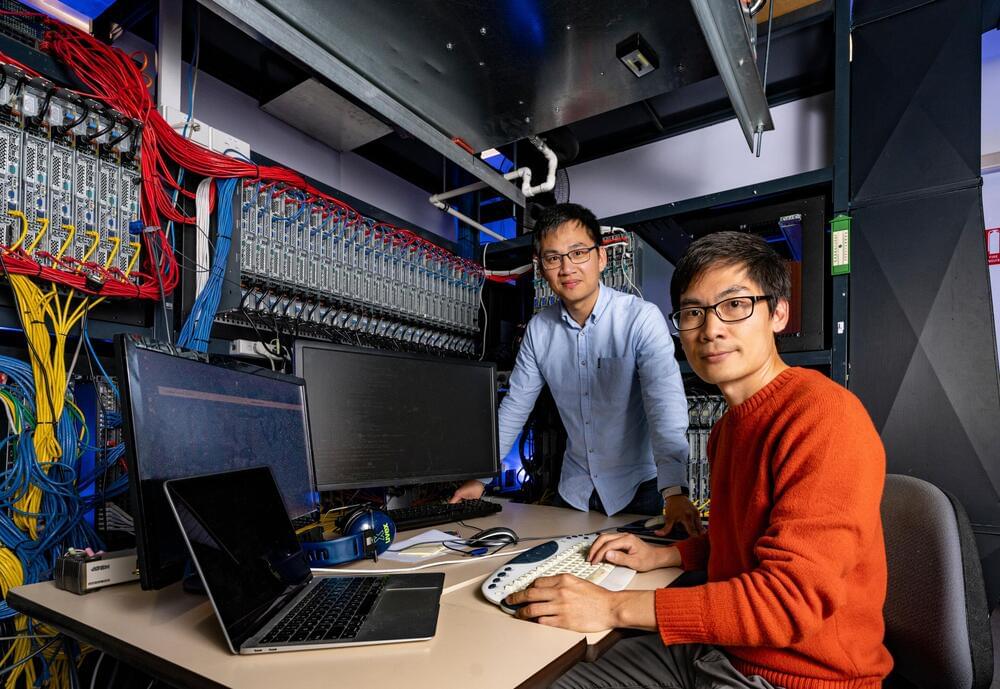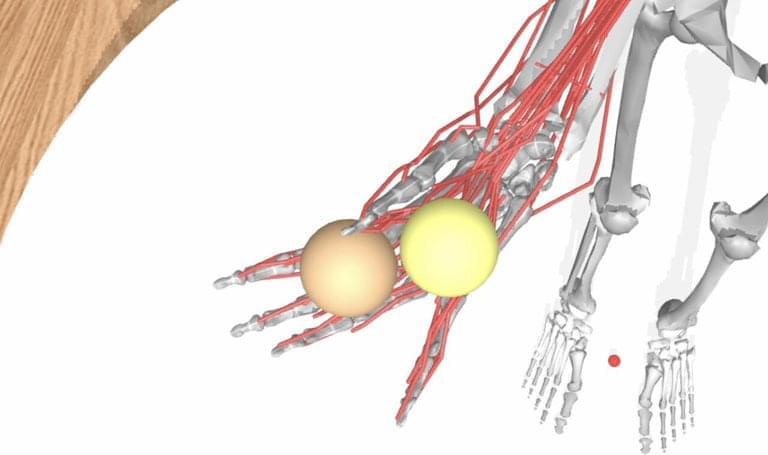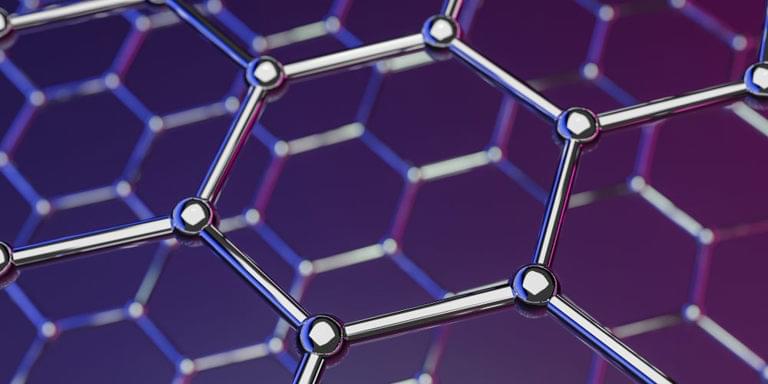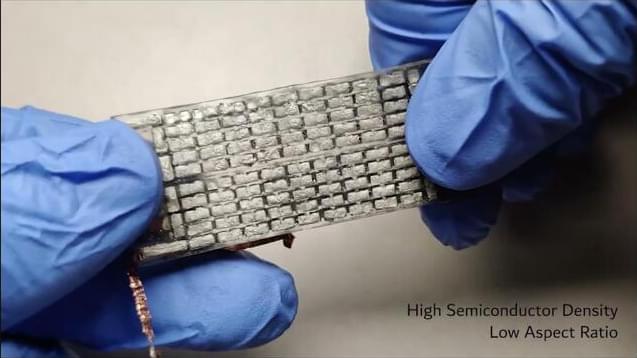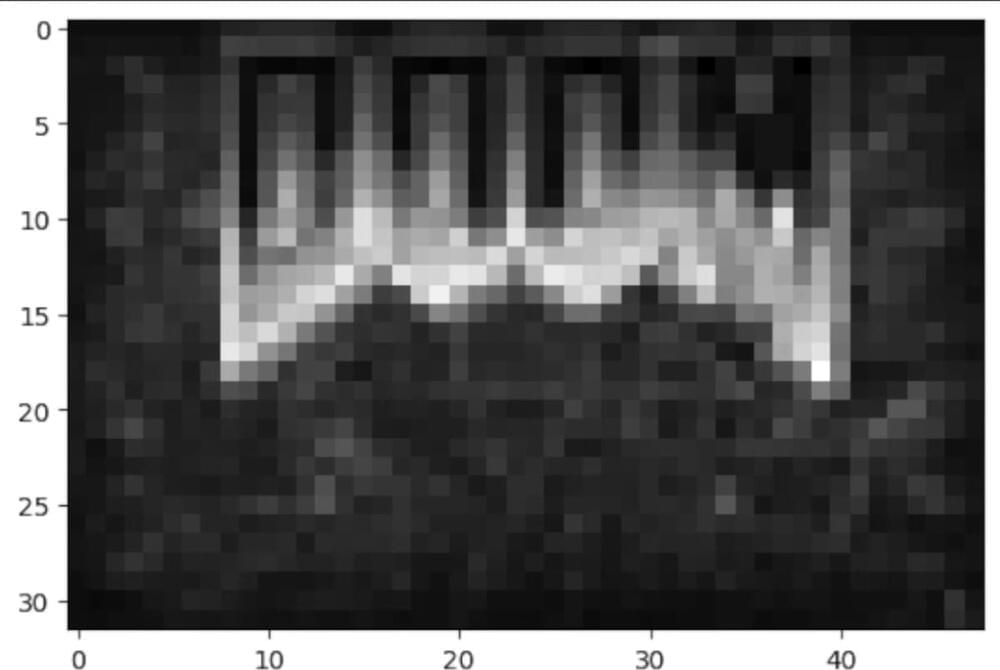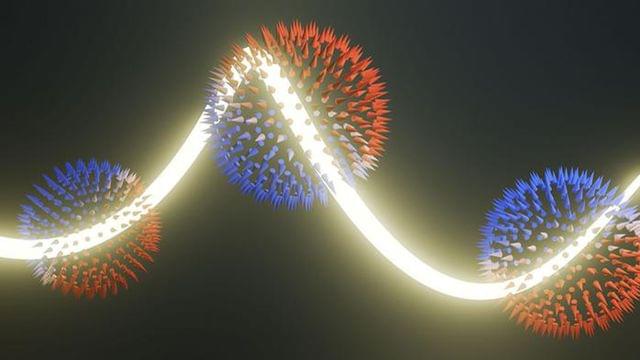Oct 1, 2024
Tongan volcanic eruption triggered by explosion equivalent to ‘five underground nuclear bombs,’ new research reveals
Posted by Genevieve Klien in categories: climatology, military
The Hunga Tonga underwater volcano was one of the largest volcanic eruptions in history, and now, two years later, new research from The Australian National University (ANU) has revealed its main trigger. The research is published in the journal Geophysical Research Letters.
